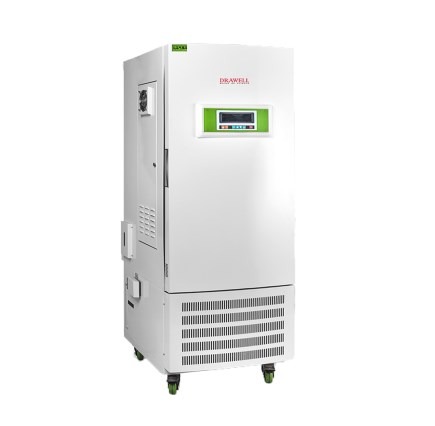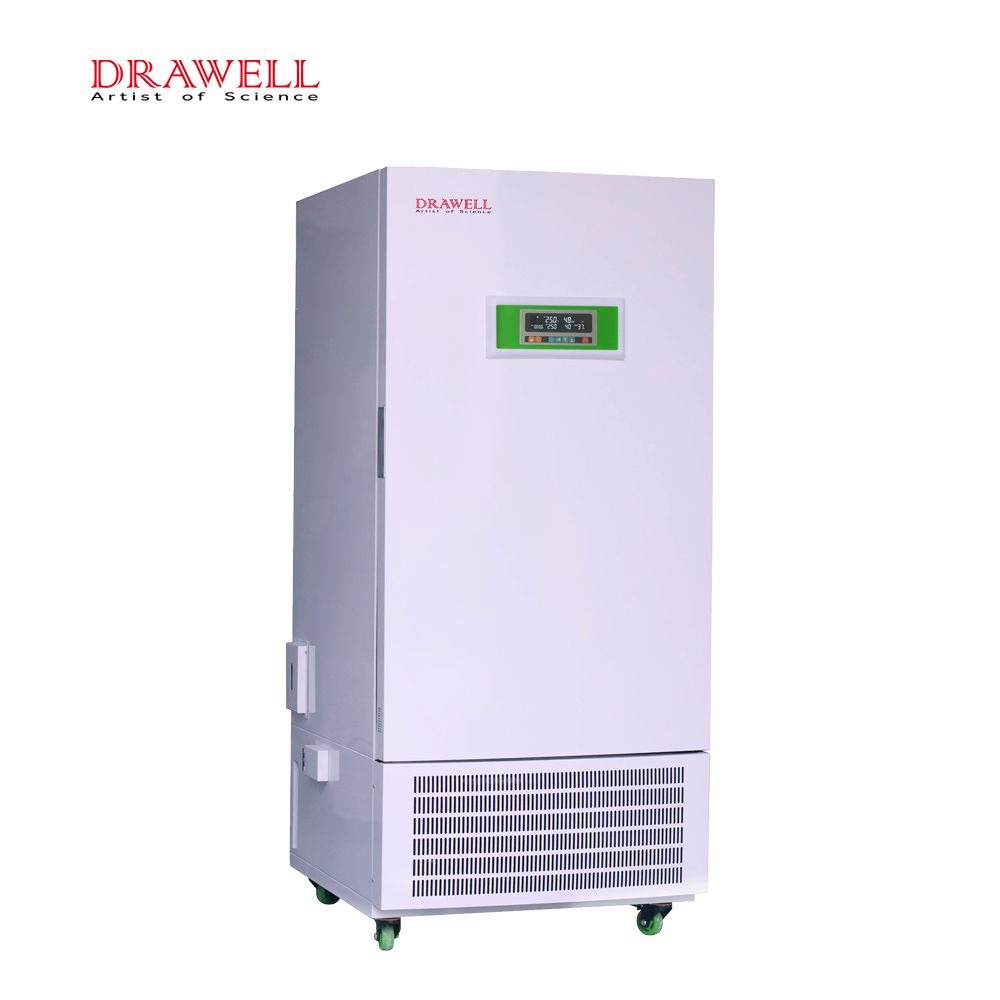For plant breeders, the quest for faster, more robust crops is a constant pursuit. Traditional methods rely on natural elements, which can be unpredictable and time-consuming. However, the advent of growth chambers has revolutionized plant development, offering a precisely controlled environment to optimize plant growth and breeding programs. This article explores the world of growth chambers, their benefits, and their significant contributions to the agriculture industry.
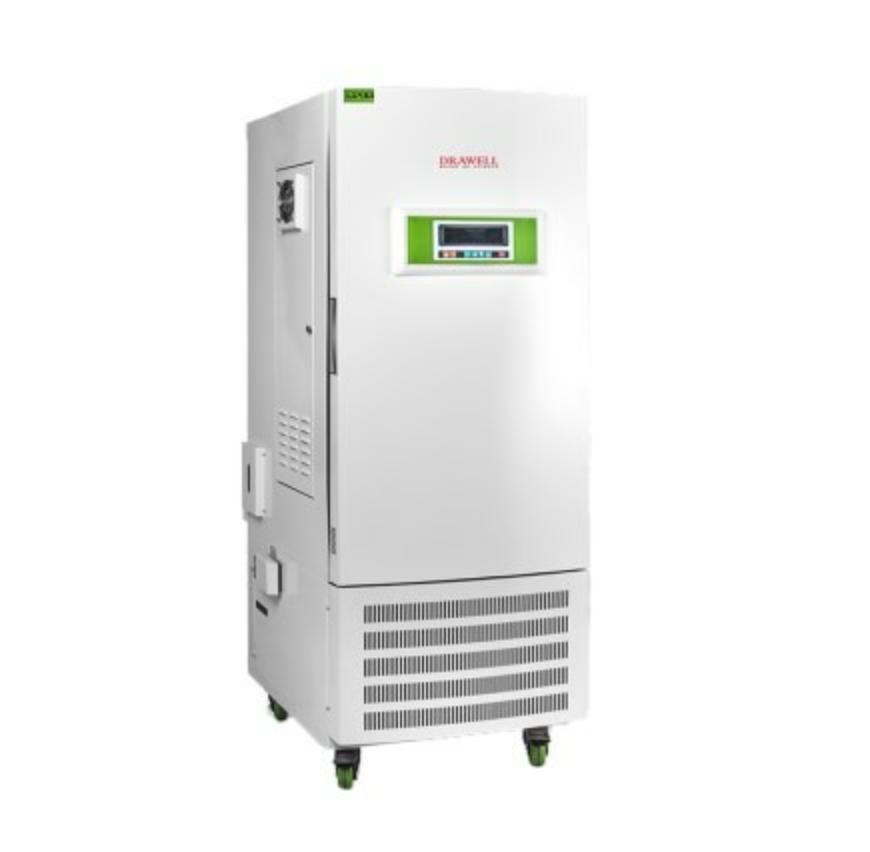
Plant Growth Chamber: Components and Types
Plant growth chambers are specialized environments designed to simulate and control various environmental factors to facilitate plant growth and research. They typically consist of several components that work together to provide the necessary conditions for plants to thrive. Here are the main components and types of plant growth chambers:
Components of Plant Growth Chamber:
- Enclosure: This is the physical structure of the chamber that houses the plants and equipment. It is usually made of materials such as glass or transparent plastic to allow observation and light penetration.
- Lighting System: Plant growth chambers are equipped with artificial lighting systems that mimic natural sunlight. These lights provide the necessary spectrum and intensity for photosynthesis and growth. They may include fluorescent, LED, or high-pressure sodium lamps.
- Temperature Control System: Temperature is a critical factor affecting plant growth. Growth chambers are equipped with heating and cooling systems to maintain precise temperature levels. These systems may include heaters, air conditioners, and temperature sensors.
- Humidity Control System: Plants require specific humidity levels for optimal growth. Humidity control systems, such as humidifiers and dehumidifiers, are used to adjust and maintain humidity within the chamber.
- Ventilation System: Adequate airflow is essential for supplying plants with carbon dioxide and oxygen, as well as for controlling temperature and humidity. Ventilation systems consist of fans and air circulation mechanisms to ensure proper airflow within the chamber.
- Irrigation System: Plants need water for photosynthesis and nutrient uptake. Irrigation systems deliver water to the plants either through automated watering systems or manual watering methods.
- Nutrient Delivery System: Some growth chambers are equipped with hydroponic or aeroponic systems for delivering nutrients to the plants’ roots directly. These systems can provide precise control over nutrient levels and uptake.
- Control and Monitoring System: Growth chambers are typically equipped with sensors and controllers to monitor and regulate environmental variables such as temperature, humidity, light intensity, and CO2 levels. These systems may be manual or automated, depending on the level of control required.
Types of Plant Growth Chamber:
Plant growth chambers are specialized environments designed to control and manipulate various factors such as temperature, humidity, light, and CO2 concentration to simulate different growing conditions for plants. They are commonly used in scientific research, agriculture, and horticulture. These chambers can be classified based on various criteria:
1. From Temperature Control:
Constant Temperature Chambers: Maintain a constant temperature throughout the chamber.
Variable Temperature Chambers: Allow for fluctuations in temperature, simulating diurnal or seasonal changes.
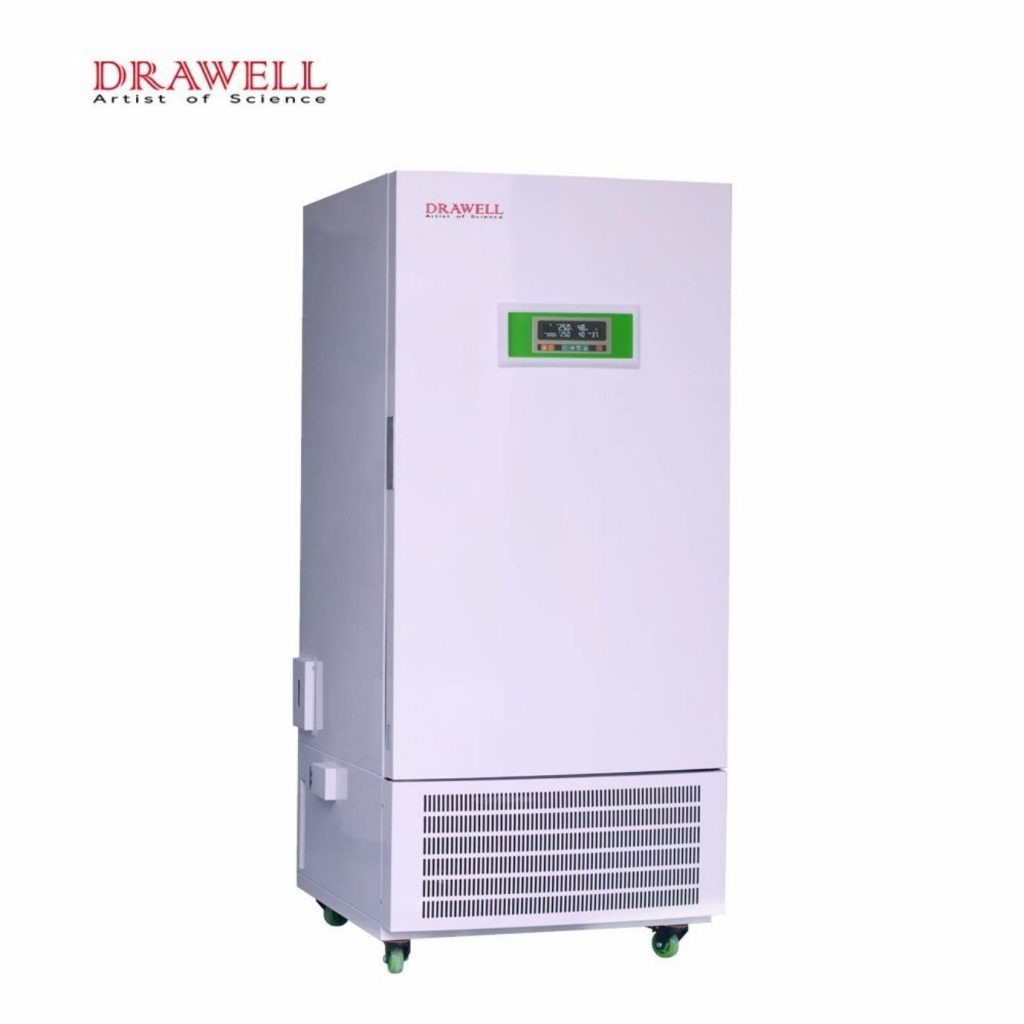
2. From Lighting:
Continuous Lighting Chambers: Provide a constant light source, often used for photoperiod studies.
Variable Lighting Chambers: Mimic natural light conditions with adjustable light intensity and photoperiod.
3. From Humidity Control:
Constant Humidity Chambers: Maintain a consistent humidity level.
Variable Humidity Chambers: Allow for adjustments in humidity levels to simulate different environmental conditions.
4. From CO2 Control:
Standard CO2 Chambers: Maintain ambient CO2 levels.
Elevated CO2 Chambers: Increase CO2 levels above ambient to study the effects of elevated CO2 on plant growth.
5. From Size and Configuration:
Walk-In Chambers: Large enough for researchers to enter and work with plants directly.
Reach-In Chambers: Smaller chambers where access is limited to openings on the sides or top.
6. From Application-specific Chambers:
Growth Chambers for Controlled Experiments: Designed for precise control over environmental factors to study plant growth, development, and responses to stress.
Growth Chambers for Commercial Agriculture: Optimized for maximizing crop yields and quality under controlled conditions.
Growth Chambers for Seed Germination: Specifically designed to create optimal conditions for seed germination and early seedling growth.
7. From Specialized Chambers:
Phytotrons: Large-scale growth chambers capable of simulating a wide range of environmental conditions, often used for ecological research.
Arabidopsis Growth Chambers: Tailored for the growth of Arabidopsis thaliana, a model organism in plant biology research.
There are many types of plant growth chamber, researchers need to choose the most suitable growth chamber for their specific experimental needs and goals.
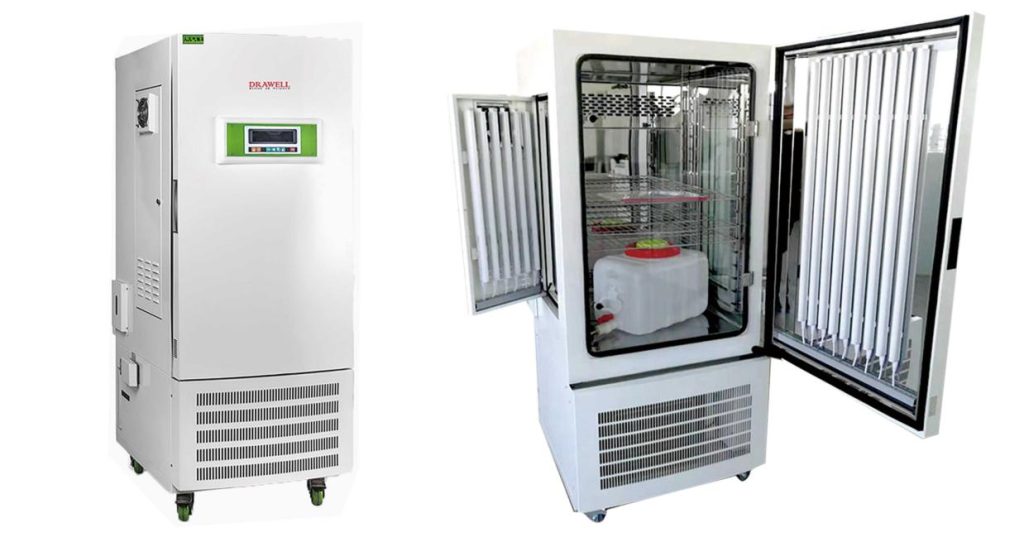
Advantages of Growth Chambers in Plant Development
Growth chambers offer several advantages in plant development, making them invaluable tools for research, experimentation, and commercial cultivation:
- Controlled Environment: Growth chambers provide precise control over environmental factors such as temperature, humidity, light intensity, and photoperiod. This control allows researchers to mimic specific conditions required for optimal plant growth, irrespective of external weather conditions.
- Uniform Conditions: Unlike outdoor environments where conditions can vary significantly across locations and seasons, growth chambers ensure uniformity in environmental parameters throughout the chamber. This uniformity minimizes variability in experimental results and enables more accurate comparisons between treatments or genotypes.
- Customizable Parameters: Researchers can adjust growth chamber settings to simulate a wide range of environmental conditions, including those that may be challenging or impossible to replicate in natural settings. This flexibility allows for the investigation of plant responses to various stressors or climate scenarios.
- Precise Experiments: With precise control over environmental variables, researchers can design experiments to investigate specific aspects of plant physiology, metabolism, development, and responses to biotic and abiotic stresses. This precision is crucial for understanding fundamental biological processes and developing strategies for improving crop performance and resilience.
- Year-Round Cultivation: Growth chambers enable year-round cultivation of plants, regardless of external seasonal changes. This feature is particularly advantageous for research purposes, as it eliminates the need to wait for specific seasons to conduct experiments or obtain plant materials.
- Space Efficiency: Growth chambers occupy relatively small footprints compared to field plots, allowing researchers to conduct large-scale experiments in limited laboratory space. This efficiency is especially beneficial for institutions with limited land resources or those located in urban areas where outdoor research space is scarce.
- Protection from Pests and Diseases: Growth chambers provide a controlled environment that minimizes the risk of pest infestations and disease outbreaks, which can negatively impact plant growth and experimental results. This protection ensures the integrity of experiments and the health of plant samples.
- Optimized Resource Use: By controlling environmental factors, growth chambers optimize resource use efficiency, including water, nutrients, and energy. This efficiency is essential for sustainable agriculture and research practices, helping to minimize waste and environmental impact.
Overall, growth chambers play a vital role in advancing our understanding of plant biology, facilitating the development of new agricultural technologies, and ensuring food security in a changing climate.
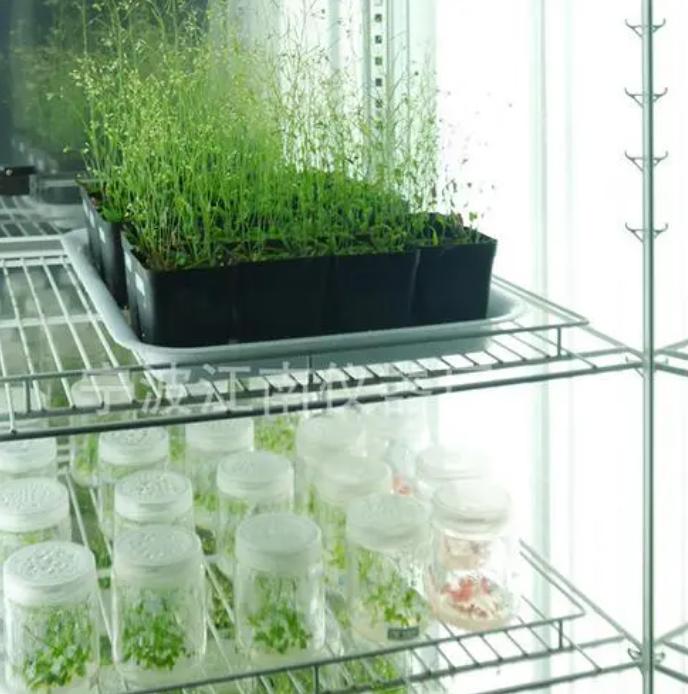
Applications in Plant Breeding
Plant growth chambers are extensively used in plant breeding for various applications, facilitating the development of new crop varieties with improved traits. Some key applications include:
| Application | Description | Examples |
| Genetic Studies | Growth chambers provide controlled environments for studying the genetics of plants, including inheritance patterns, gene expression, and trait mapping. | Observing how specific genes interact with the environment and influence plant phenotypes. |
| Phenotyping | Growth chambers enable precise phenotyping of plants by controlling environmental variables such as temperature, humidity, and light, facilitating accurate assessment of plant traits. | Assessing growth rate, morphology, flowering time, and stress tolerance under controlled conditions. |
| Trait Screening | Growth chambers are used for screening large populations of plants for desirable traits such as disease resistance, abiotic stress tolerance, and nutrient efficiency. | Identifying genotypes with superior performance under specific environmental challenges. |
| Accelerated Breeding Cycles | Growth chambers allow year-round cultivation and rapid generation turnover, accelerating breeding cycles and enhancing breeding program efficiency. | Developing new varieties more quickly in response to market demands or environmental pressures. |
| Hybridization and Crossbreeding | Growth chambers provide controlled environments for controlled pollination, hybridization, and crossbreeding experiments. | Synchronizing flowering among parental lines to produce hybrid seeds with desired traits. |
| Mutagenesis and Genetic Transformation | Growth chambers are used in mutagenesis and genetic transformation experiments to induce and screen for genetic variation. | Identifying individuals with desirable traits, such as disease resistance or improved yield potential, among mutagen-treated or genetically modified plants. |
| Resource Conservation | Growth chambers help conserve resources by allowing experiments in controlled indoor environments, reducing the need for field trials and conserving land, water, and other resources. | Contributing to the sustainability of breeding programs and agricultural practices. |
| Precision Breeding | Growth chambers enable precision breeding by providing control over specific environmental factors affecting plant growth and development. | Developing crop varieties tailored to specific agroecological conditions or consumer preferences by selecting for or against particular traits in customized environments. |
Overall, plant growth chambers play a crucial role in accelerating the pace and efficiency of plant breeding efforts, ultimately leading to the development of improved crop varieties with enhanced yield, quality, and resilience to environmental stresses.
Conclusion
Plant growth chambers represent a valuable tool for breeders and researchers seeking to unlock the full potential of plant genetics and enhance agricultural productivity. By offering a precisely controlled environment, they empower researchers and breeders to unlock the full potential of plants, leading to the development of faster-growing, more resilient, and higher-yielding crops. If you want to know more about growth chambers or want to buy plant growth chambers, please feel free to contact Drawell. They can provide you high quality products with reliable services.

